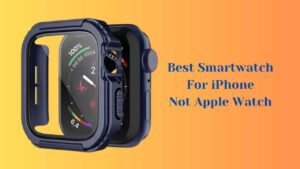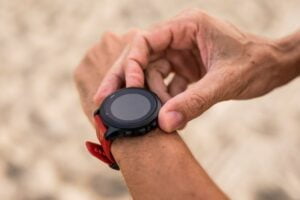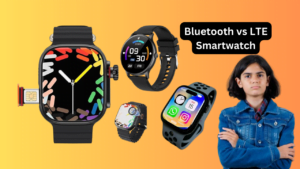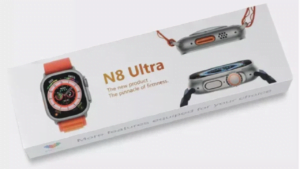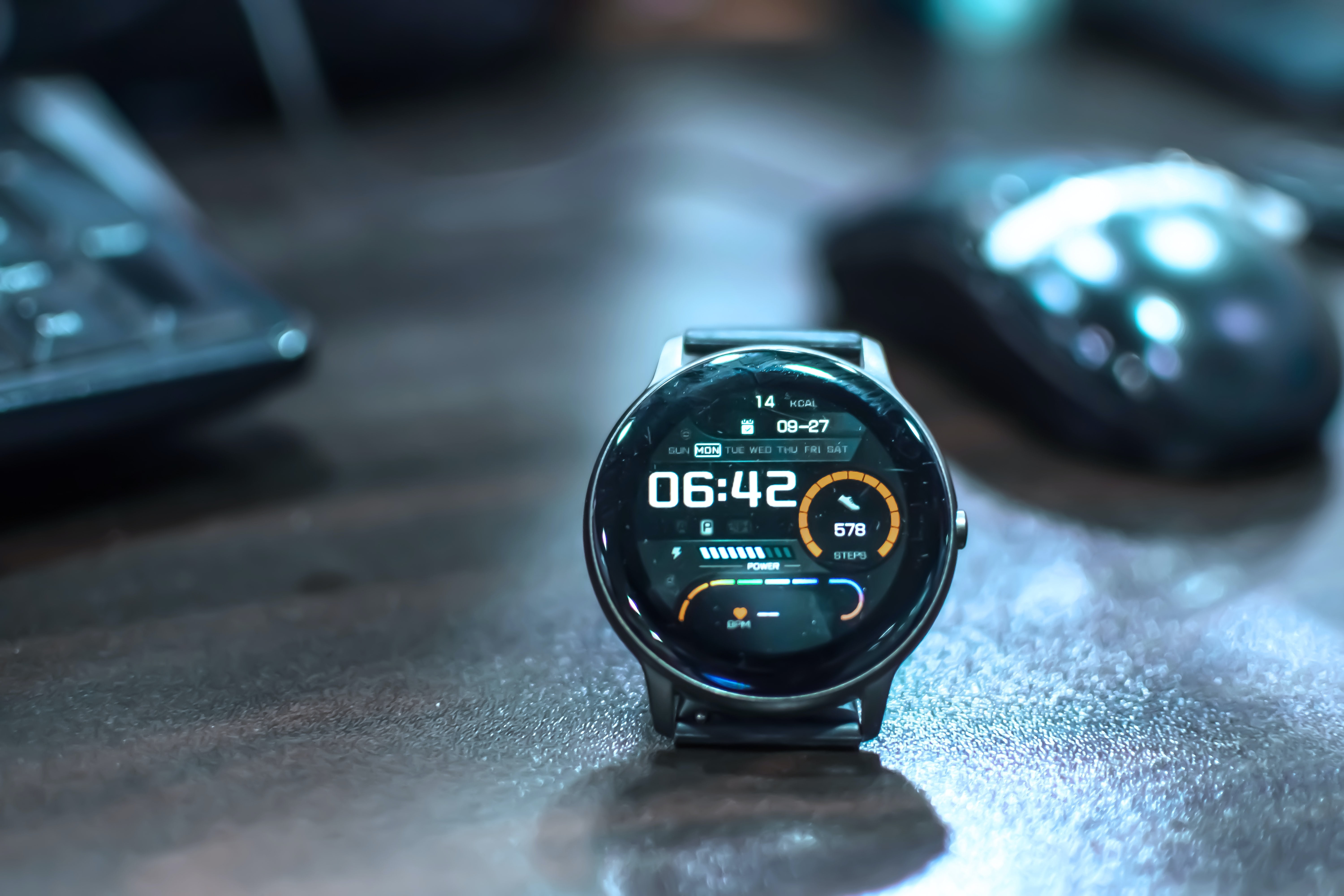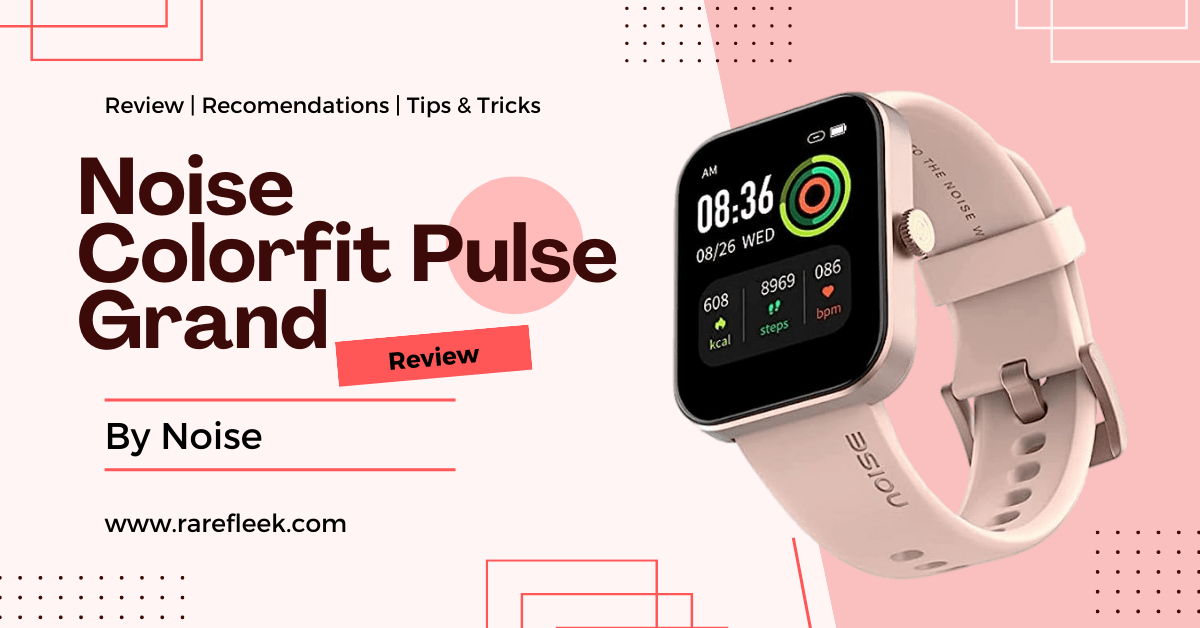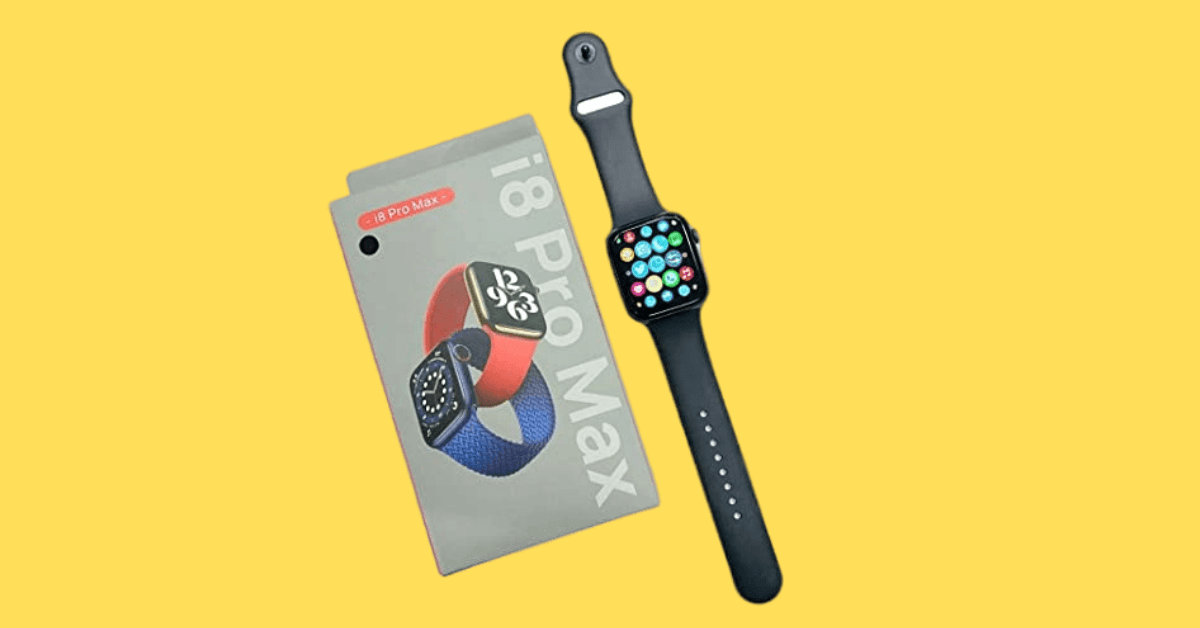Last Updated on January 19, 2024 by Kian
The Blood Oxygen app on the Apple Watch Series 6 or later, excluding the SE1 model, provides users with the capability to measure oxygen saturation in arterial hemoglobin (SpO2). This feature is designed for fitness and wellness applications, utilizing a combination of light emitters and sensors on the Apple Watch’s optical system. This article delves into the details of How Accurate Is Blood Oxygen On Apple Watch 8 & 7, shedding light on its accuracy, development, and validation.
Introduction
The Blood Oxygen app on the Apple Watch utilizes pulse oximetry technology, analyzing signals from sensors to estimate the functional hemoglobin oxygen saturation in arterial blood. This has gained significance with the growing awareness of blood oxygen levels, leading to increased demand for pulse oximeters. The app operates in two modes: on-demand spot checks initiated by users and intermittent background measurements taken during low-movement conditions.
Understanding Blood Oxygen and its Importance
Before delving into the test results, let’s briefly understand what SpO2, or oxygen saturation, entails. In simple terms, it represents the percentage of red blood cells in the bloodstream that carry oxygen. The normal range for SpO2 is between 95 and 100 percent. Monitoring SpO2 is crucial as deviations from this range could indicate underlying health conditions, such as sleep apnea, COPD, or respiratory infections like COVID-19.
How Accurate Is Blood Oxygen On Apple Watch 7
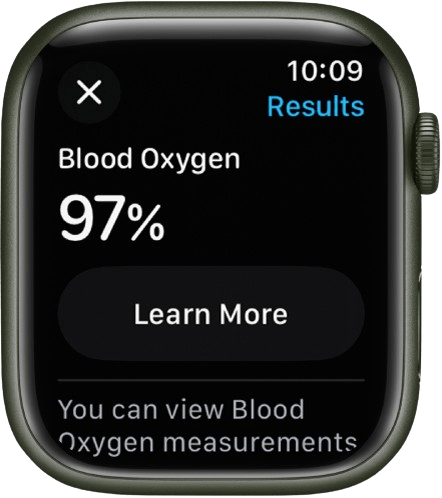
Testing Methodology:
Rob, a postdoctoral scientist specializing in biological data analysis, conducted a series of tests to evaluate the Apple Watch Series 7’s SpO2 tracking capabilities. The watch utilizes a reflectance photoplethysmography method, shining light on the skin and measuring the reflected light, which differs from the more conventional transmittance method used in hospitals.
Ground-Level Performance:
To assess the watch’s accuracy, Rob conducted regular SpO2 measurements at ground level for several weeks. Given his overall good health, the readings were expected to remain above 95 percent. Comparisons were made with a dedicated fingerprint oximeter, with results indicating that the Apple Watch Series 7 consistently provided accurate readings within the normal range.
In-Flight Testing:
To simulate conditions with lower oxygen concentration, Rob measured his SpO2 levels during a flight. As anticipated, SpO2 values dropped during the flight, reflecting the reduced oxygen levels in the airplane cabin. Interestingly, the Apple Watch Series 7 showed lower values during the flight compared to ground-level measurements, though with some variability. A similar test with the Series 6 demonstrated more consistent results, suggesting potential differences in the sensors or firmware of the Series 7.
How Accurate Is Blood Oxygen On Apple Watch 6
The accuracy of blood oxygen readings on the Apple Watch 6 has been questioned by a cardiothoracic anesthesiologist, citing concerns about the device’s reliance on reflectance pulse oximetry. Unlike traditional hospital pulse oximeters, the Apple Watch does not provide information about actual oxygen content, offering only a saturation percentage. The doctor emphasizes the need for users to consider this percentage in the context of hemoglobin concentration, raising potential pitfalls, especially in cases of chronic health issues such as gastrointestinal bleeding in older patients. While the Apple Watch 6 brings innovative health-tracking features, users are advised to approach its blood oxygen readings with an understanding of the limitations inherent in its reflectance pulse oximetry technology.
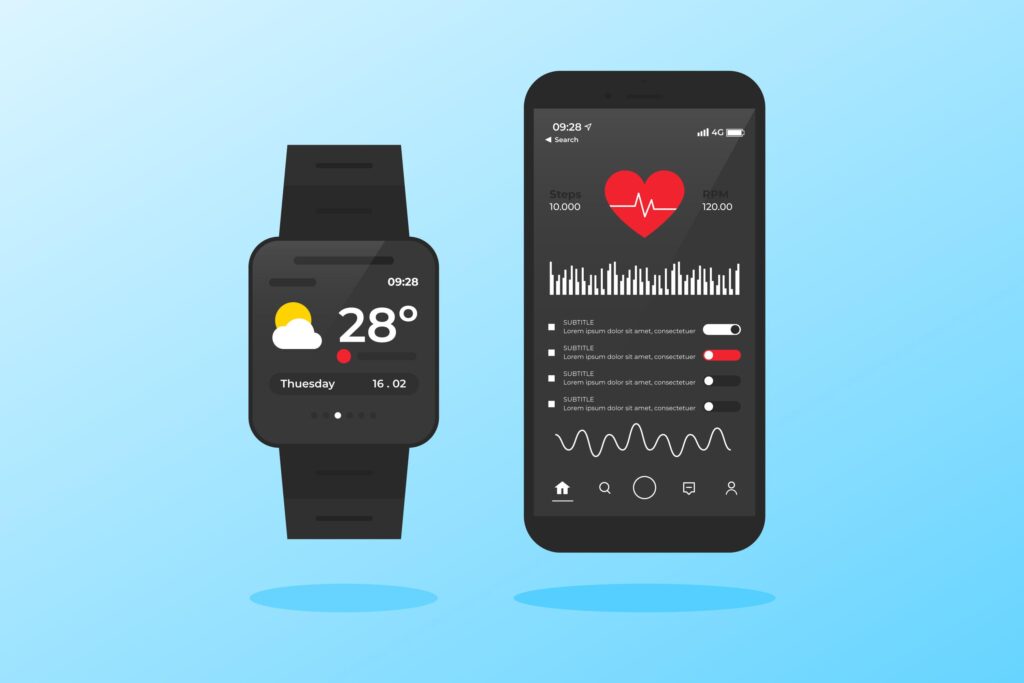
You Might Also Like:
How to Remove Apps From Apple Watch
How To Change Apple Watch Wallpaper
How Accurate Is Blood Oxygen On Apple Watch 7 Vs 6
Comparing the SpO2 measurements of the Apple Watch Series 6 and Series 7, it became evident that the Series 6 exhibited greater consistency during flight conditions. The Series 7, while generally accurate, showed more variability in readings. This raises questions about potential internal changes, firmware adjustments, or production variations that could account for the observed differences.
How Accurate Is Blood Oxygen On Apple Watch 8
Studies have shown that the Apple Watch 8’s blood oxygen sensor is generally accurate for healthy individuals, with an average error rate of around 2%. However, it’s important to remember that it’s not a medical device and shouldn’t be used for diagnosing or treating any medical conditions. Apple states that the Apple Watch 8’s SpO2 sensor is not intended for medical use and should not be used for diagnosing or treating medical conditions. Some studies have shown that the Apple Watch 8 can be accurate for measuring SpO2 in healthy individuals under controlled conditions, but results may vary in real-world scenarios.
User experiences: User reports vary, with some finding the readings consistent with medical devices, while others encounter discrepancies.
Pulse Oximeter Vs Apple Watch 7
Pulse Oximeter:
Traditionally, pulse oximeters have been the go-to devices for measuring SpO2 levels. These dedicated devices use transmittance photoplethysmography, shining light through a finger or other translucent body part and measuring the amount of light that passes through. This method is widely regarded as accurate and is commonly used in clinical settings.
Pros of Pulse Oximeter:
- Accuracy: Pulse oximeters, using transmittance technology, are considered highly accurate and are the standard in medical environments.
- Dedicated Functionality: Pulse oximeters are designed specifically for measuring SpO2 levels, ensuring precision and reliability.
Cons of Pulse Oximeter:
- Separate Device: Users need a dedicated device, separate from their everyday accessories, for SpO2 monitoring.
- Single-Function Device: Limited to SpO2 measurements, lacking additional health and fitness features.
Apple Watch 7:
The Apple Watch Series 7 integrates SpO2 monitoring into its array of health-tracking features. Unlike traditional pulse oximeters, the Apple Watch employs reflectance photoplethysmography, shining light onto the skin and measuring the reflected light.
Pros of Apple Watch 7:
- Integration: SpO2 monitoring is seamlessly integrated into the Apple Watch, eliminating the need for a separate device.
- Additional Features: The Apple Watch offers a comprehensive suite of health and fitness features beyond SpO2, including heart rate monitoring, ECG, and activity tracking.
Cons of Apple Watch 7:
- Accuracy Debate: While convenient, the accuracy of reflectance photoplethysmography, especially during specific conditions like flights, has raised questions.
- Potential Variability: Comparative studies have indicated variability in SpO2 readings, particularly in dynamic conditions, when compared to traditional pulse oximeters.
Apple Watch Oximeter Accuracy
Accuracy:
- Generally good: Studies show the Apple Watch can be relatively accurate compared to medical-grade pulse oximeters, with margins of error around 1-2% in healthy individuals at rest.
Not perfect: Discrepancies can occur due to:
- Calibration: Wearing the watch snugly for 20 minutes before measurement improves accuracy.
- Skin tone: The sensor may be less accurate for darker skin tones. Apple is working on improvements.
- Activity: Movement or exercise can affect readings.
- Medical conditions: Certain conditions can impact blood oxygen levels, leading to inaccurate readings.
User experiences:
- Reported accuracy varies. Some users find readings consistent with medical devices, while others encounter discrepancies. This could be due to the individual factors mentioned above.
Apple Watch Blood Oxygen Technology
The Apple Watch employs conventional pulse oximetry methods to measure SpO2. It shines red and near-infrared light into blood-perfused tissue, detects and processes the reemitted light signals into photoplethysmograms (PPGs), and determines the red-to-IR modulation ratio. This ratio is then translated into units of % SpO2 through a predefined mapping relationship. The Apple Watch’s back crystal features an array of light emitter and detector apertures configured as a “reflectance” sensor.
For optimal results, the Apple Watch should be worn snugly but comfortably, with the back crystal centered on the wrist and in complete contact with the soft tissue. Pulse signals at the wrist are smaller than those at the fingers, so users are advised to remain still and relaxed during manual readings.
Apple Watch Blood Oxygen Development and Validation
During the development of the Blood Oxygen feature, Apple conducted studies involving hundreds of participants across various conditions, skin types, and ambient environments. The Apple Watch’s sensing platform automatically adjusts the LED current, photodiode gain, and sampling rate to accommodate different skin tones, ensuring accuracy across a diverse user base.
To evaluate the accuracy, Apple conducted a two-part study involving 50 healthy adult subjects. The Arms accuracy, representing the agreement between device-reported SpO2 and true SaO2 values, was within typical specification limits defined by regulatory standards. The study included subjects with different skin tones and genders, demonstrating consistent performance across various demographics.
Research and Studies on Accuracy
The Arms accuracy observed in the study was 1.97% SpO2 across the 70–100% SaO2 span. This value aligns with medical-grade devices used in hospitals, meeting regulatory standards. The study also found comparable accuracy across subgroups based on gender and skin tone.
Factors Affecting Accuracy
The accuracy of blood oxygen monitoring on the Apple Watch can be influenced by several factors. Users need to be aware of these considerations to obtain reliable readings. Here are key factors affecting the accuracy of blood oxygen monitoring on the Apple Watch:
- Wear the Apple Watch snugly with back crystal in full skin contact for accurate blood oxygen readings.
- Minimize movement during measurements to reduce motion-related artifacts.
- Skin tone variations may impact readings; Apple accounts for diverse skin tones in sensor design.
- Environmental factors like altitude, cold, and barometric pressure can influence measurements.
- Optimal positioning to avoid wrist bone interference and achieve accurate readings.
- Adjust the band snugly for comfort, avoiding overly tight or loose wear.
- Low skin perfusion, due to cold or poor circulation, may affect sensor accuracy.
- Follow Apple’s guidelines for the proper use, wear, and positioning of the Apple Watch.
- Regular software updates may include improvements to health features, and enhancing accuracy.
- Apple conducts diverse validation studies to ensure accuracy in varied conditions and user scenarios.
Conclusion
In conclusion, if you’re wondering, “How Accurate Is Blood Oxygen On Apple Watch 8 & 7?” the Apple Watch Series 7 proves to be a reliable SpO2 tracker, but with some nuances, particularly during in-flight conditions. It excels in avoiding false positives but may not consistently detect low values when expected. Users are advised to take multiple measurements if they suspect inaccuracies. As technology evolves, ongoing scrutiny and updates may further refine the Apple Watch’s SpO2 tracking capabilities.
People Also Ask
How accurate is the Apple Watch 8 blood oxygen level?
The Blood Oxygen app on the Apple Watch Series 7 and 8 provides accurate on-demand and background measurements of SpO2. The observed accuracy aligns with regulatory standards, and the app’s performance is consistent across different demographics. Users can rely on the Apple Watch as an accurate wrist-based pulse oximeter for assessing their general wellness. The integration of this feature with the Health app on iPhone allows users to track values and trends, making the Apple Watch a powerful wellness device.
Does Apple Watch 8 have oxygen sensor?
Yes, the Apple Watch 8 does have an oxygen sensor, built into the back crystal of the watch. It uses light to measure the amount of oxygen in your blood, which can give you an indication of your overall health and wellness.
Will my Apple Watch alert me if my blood oxygen is low?
Regrettably, the answer is “NO”. However, you can configure background measurements. The Blood Oxygen app on your Apple Watch will intermittently gauge your blood oxygen levels when background measurements are enabled.
Can you trust Apple Watch blood oxygen?
Apple Watch blood oxygen measurements can be a valuable tool for monitoring your general health and well-being, but they should not be considered a definitive medical diagnosis. If you have any concerns about your blood oxygen levels or overall health, always consult a doctor for proper evaluation and guidance.
Source:

